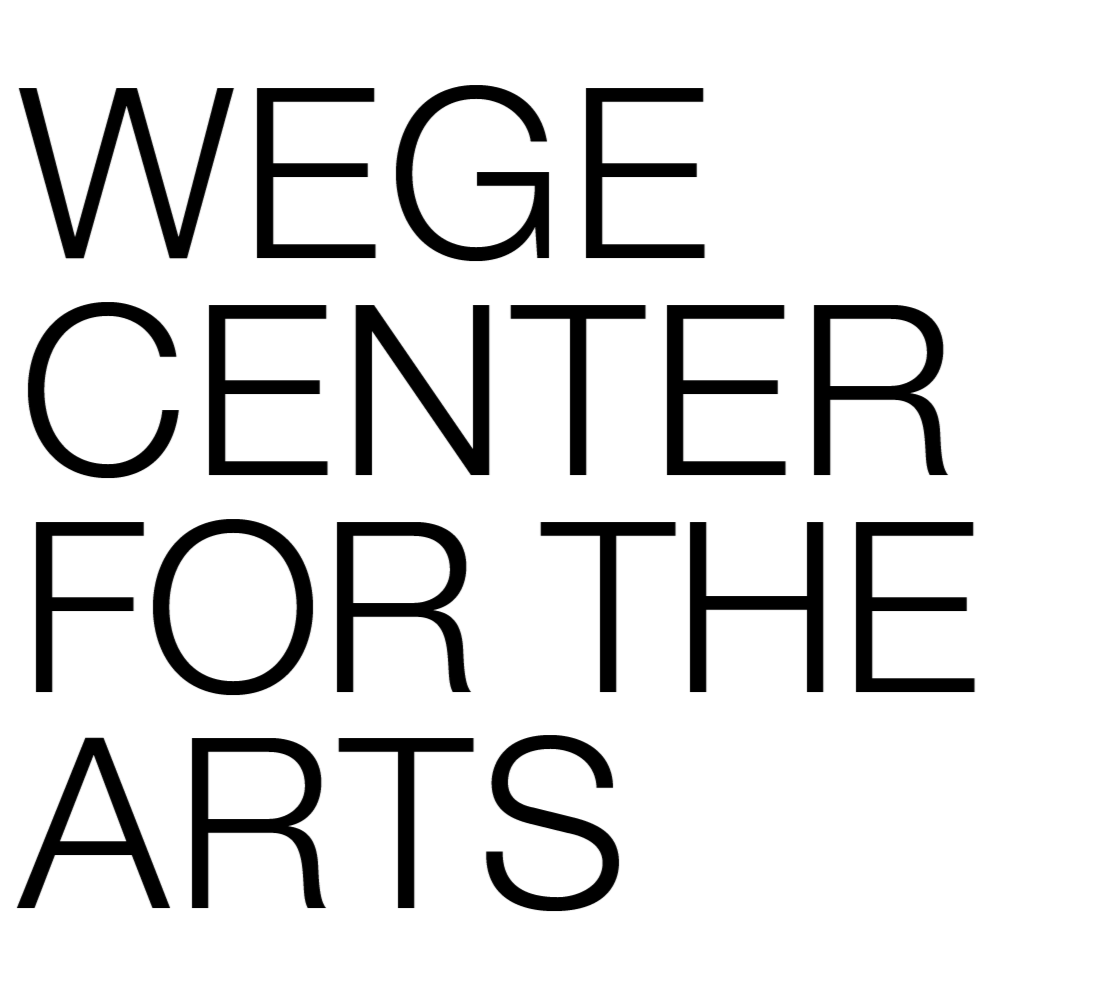JOEL WERRING
DEAR COYOTE
MARCH 3 - APRIL 21, 2023
EVENTS
OPENING RECEPTION
Friday, March 3, 6:30 pm - 8:30 pm
Wege Gallery
ARTIST LECTURE
Hybrid format
Saturday, March 4, 9:30 am - 10:30 am
Wege Center for the Arts, Ross Theater
VIEW RECORDING
ONLINE VIEWING ROOM ON ARTSY
Courtesy Blackbird Rook
Joel Werring, “A Wilderness (after Masaccio)” 2021. graphite and collage. 71“ x 81”
Dear Coyote, why
do you eat the feathers, too?
You should wipe your face.
Look, crows are laughing
at you. They know what it’s like
to choke on regret.
Come, let me pull the
splinter from your swollen tongue.
Follow me, back to
Palo Verde Gardens.
Children with scabs on their knees
will give you water.
The work in this exhibition, Dear Coyote, is dedicated to the animal’s presence in my life, both as a shadow and as a lens, a practice of observing and attuning to life’s experiences through making art.
My family and I live on two acres in Redding, Connecticut where our homestead can feel like a small farm. We raise chickens, garden, grow fruit trees, tend honeybees. The woods behind our house are rich with wildlife: foxes, bears, deer, bobcats, hawks, falcons, owls, crows, countless songbirds, and coyotes. When animals show up in some form or another, it’s a sign for me to pay attention, particularly with the coyotes. I hear them more often than I see them, usually before sunrise. They run down the ravine at the far border of our property, and I can hear their yips through the woods. When I see them, they appear like ghosts, oscillating between corporeality and invisibility. Coyotes are observers, light on their feet. I dream about the coyote. It acts as my mind’s eye to the feelings of neglect I had as a child, even shame or regret. It has followed me throughout my life—from Arizona to California and Connecticut—even to Italy, where I spent the early part of the pandemic. The coyote is my shadow, but it’s also my friend, teaching me to manage uncertainty and pointing to aspects of my life that need more care.
In the spring of 2020, I was in Florence on a long-awaited sabbatical from my job teaching and chairing the Fine Arts department at Fashion Institute of Technology in New York. My original plans—a large-scale, public drawing installation and exhibition based on hours of direct observation of Italian fresco painting in Siena, Arezzo, and Florence—got derailed when the country went on lockdown. We made the difficult decision to stay in Italy and shelter-in-place through the early part of the pandemic, and I was determined to create work. The dining room of our apartment became a studio where I drew every day. Working in a limited palette allowed for fluidity, cohesion, freedom, and expansiveness with scale. Even here, the coyote surprised me by appearing in the drawings I was making on the walls and floors of that dining room in Florence, certainly not its natural habitat. It showed up at time when levity was necessary. And it taught me to embrace chaos and create within a fragmented world, to dance with and above it.
When we returned from Italy, I continued making value-based works on paper, a shift after many decades of oil painting with color. Although drawing has always been integral to my creative practice, over the last three years it has become my primary focus. I am cutting, pasting, printing, tracing, and recycling imagery, mark-making primarily with graphite and oil stick. I draw from paintings and sculptures, and I even draw from my existing drawings. In this way, I’m still conversing with artists like Masaccio, Giotto, and Sassetta, and they inform the way I experience my surroundings in Connecticut. Recently, however, I have been using structural components from my current body of work as a springboard into a new exploration of color dynamics. Whereas drawing in black and white feels like an intimate pursuit of knowing and dialoguing with my painting lineage, color for me is more emotional and internal. Color decisions are from the gut, and more demanding on a sensorial level. Perhaps this shift is symbolic or just fueled by growing tired of the pandemic, the way life and communication is necessarily filtered or masked, and our human interaction has limits. Either way, I can feel the coyote’s nudge as the color returns to my work, the woods leading to the ravine just beyond my studio door.
—Joel Werring, February 2023
ON THE GROUND


















